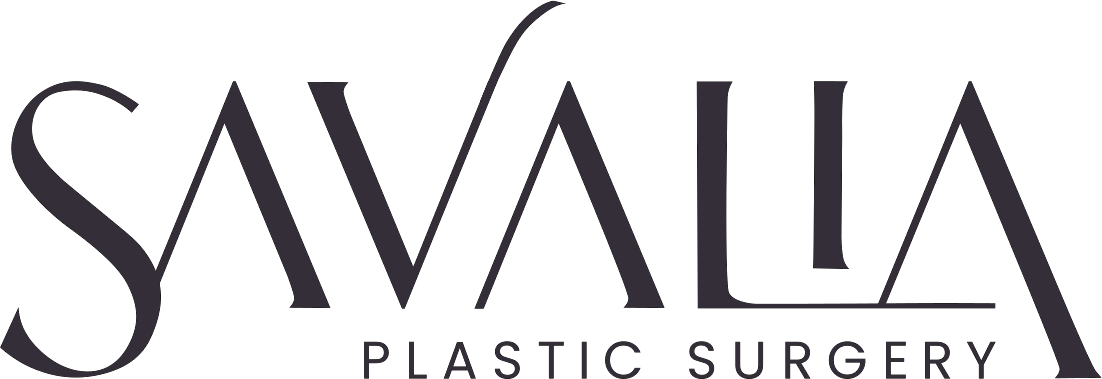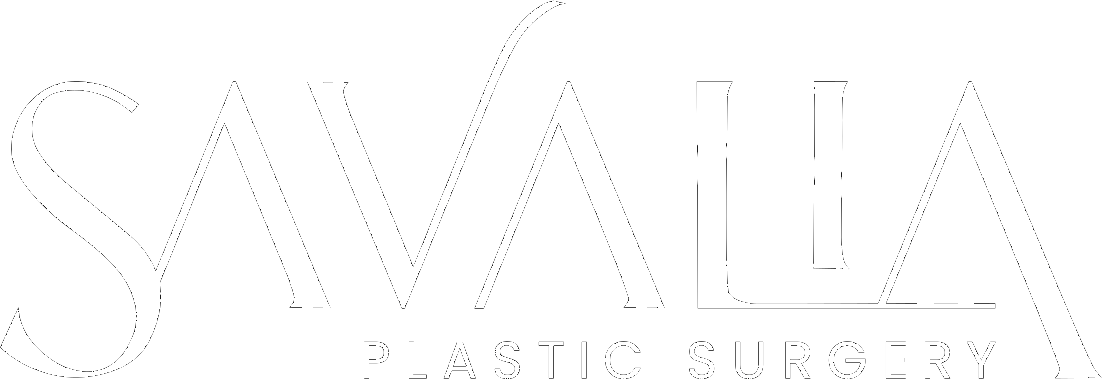Let’s talk about something that’s both medical and deeply personal: facial reconstruction after skin cancer removal.
If you’ve been told you need skin cancer surgery, your first thought might be, "Will I look like myself afterward?" That’s completely normal—and exactly why we specialize in restoring both health and appearance.
In this post, we’ll break down:
✔ How reconstruction works (it’s not one-size-fits-all)
✔ When timing matters (immediate vs. delayed approaches)
✔ What to expect aesthetically (realistic outcomes)
✔ How to prepare for the best results
No jargon, just clear advice from a surgeon who does this every day.
Why Facial Reconstruction Matters More Than Elsewhere
The face isn’t just another body part—it’s how the world recognizes you. That’s why reconstruction here requires:
- Precision (millimeters can change expression)
- Artistry (matching natural contours)
- Patience (sometimes multiple stages are needed)
Example: A small scar on your back might not bother you, but the same scar on your nose or eyelid can affect confidence daily.
Reconstruction Options: From Simple to Complex
1. Primary Closure (Simple Stitching)
Best for: Small cancers in areas with loose skin (cheeks, forehead).
How it works: The edges are stitched together in a straight line.
Pros: Quick, minimal scarring if done well.
Cons: Only works for small defects.
2. Skin Grafts
Best for: Larger, shallow areas where nearby skin isn’t movable (nose, ear).
How it works: A thin layer of skin is taken from another site (often the neck or behind the ear) and transplanted.
Pros: Good for covering large areas.
Cons: May look slightly mismatched in color/texture.
3. Local Flaps (Rearranging Nearby Skin)
Best for: Medium-sized defects, especially on the nose, lips, or eyelids.
How it works: Nearby skin is lifted and repositioned to fill the gap.
Pros: Blends better than grafts (same color/texture).
Cons: More complex than simple stitching.
4. Free Flaps (For Major Reconstruction)
Best for: Large cancers (e.g., after Mohs surgery on the nose/cheek).
How it works: Skin/muscle from another area (like the forearm) is moved with its blood supply.
Pros: Rebuilds 3D structures (like a nose).
Cons: Longer surgery, requires microsurgery skills.
Timing: Immediate vs. Staged Reconstruction
Immediate (Done Right After Cancer Removal)
✔ Pros: One surgery, faster healing.
✔ Best for: Most cases where margins are clear.
Delayed (Waiting Weeks/Months)
✔ Pros: Ensures all cancer is gone first.
✔ Best for: Aggressive cancers needing radiation first.
Patient Story: "My surgeon waited 2 weeks after my Mohs surgery to reconstruct my eyelid—annoying at the time, but worth it to know the cancer was fully gone."
Aesthetic Considerations: What Really Affects Your Results
Scarring: The Inevitable (But Manageable) Reality
- Facial scars fade better than elsewhere (thank you, good blood flow!).
- Techniques matter:
- Hidden in natural creases when possible
- Layered closures to prevent tension
- Laser treatments later if needed
Functional vs. Cosmetic Priorities
Sometimes, function comes first (e.g., preserving eyelid movement), then refinement happens later.
Symmetry Matters
Even small differences in lip/nostril/eyebrow position can feel obvious. We aim for natural balance.
How to Prepare for the Best Outcome
Before Surgery:
- Stop smoking (it slows healing dramatically).
- Manage expectations: Perfect symmetry isn’t always possible.
- Ask your surgeon: "How many of these have you done?" Experience matters.
During Recovery:
- Follow wound care (no picking at scabs!).
- Sun protection is non-negotiable (SPF 50+ on scars for a year).
- Massage scars after clearance (helps soften them).
Long-Term:
- Consider laser/topical treatments if scars remain noticeable.
- Give it time—final results can take 12+ months.
Why Choose a Surgeon Who Does Both Cancer and Cosmetics?
This isn’t just about closing a hole—it’s about restoring you. Specialists in facial reconstruction understand:
✔ Anatomical nuances (how a nostril should curve)
✔ Aesthetic ideals (avoiding a "patched" look)
✔ Emotional impact (this is your face—we get it)
Realistic Expectations: "Will I Look Normal Again?"
Short answer: Most patients look very much like themselves—just with a scar that fades significantly.
Long answer: It depends on:
- Cancer size/location (tip of the nose vs. cheek)
- Your healing tendency (some scar more than others)
- Reconstruction method (flaps often blend best)
Key mindset shift: "I’m trading a cancer for a scar—and that’s a win."
Next Steps If You’re Facing This Journey
- Consult with a surgeon experienced in facial reconstruction.
- Ask to see before/after photos of similar cases.
- Discuss timing (can it be done immediately, or is waiting safer?).
- Plan for recovery (take time off work if needed).
The Bottom Line
Skin cancer reconstruction isn’t just medical—it’s a blend of science and art. With the right approach, you can heal and feel like yourself again.
If you’re preparing for surgery, we’re here to help. Book a consultation to discuss your specific needs—we’ll walk you through every step.
Have questions? Drop them below or contact our office. No topic is off-limits.



